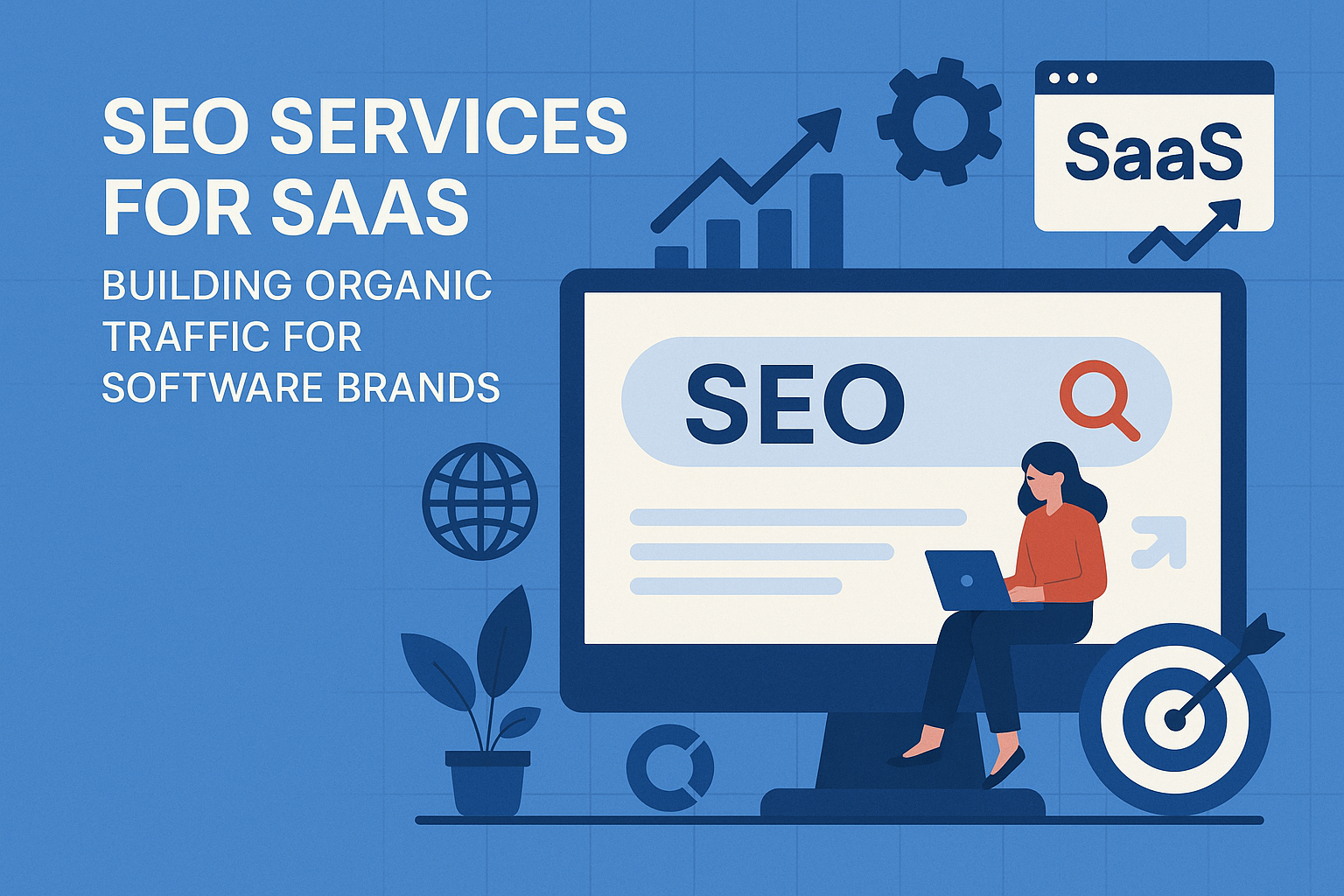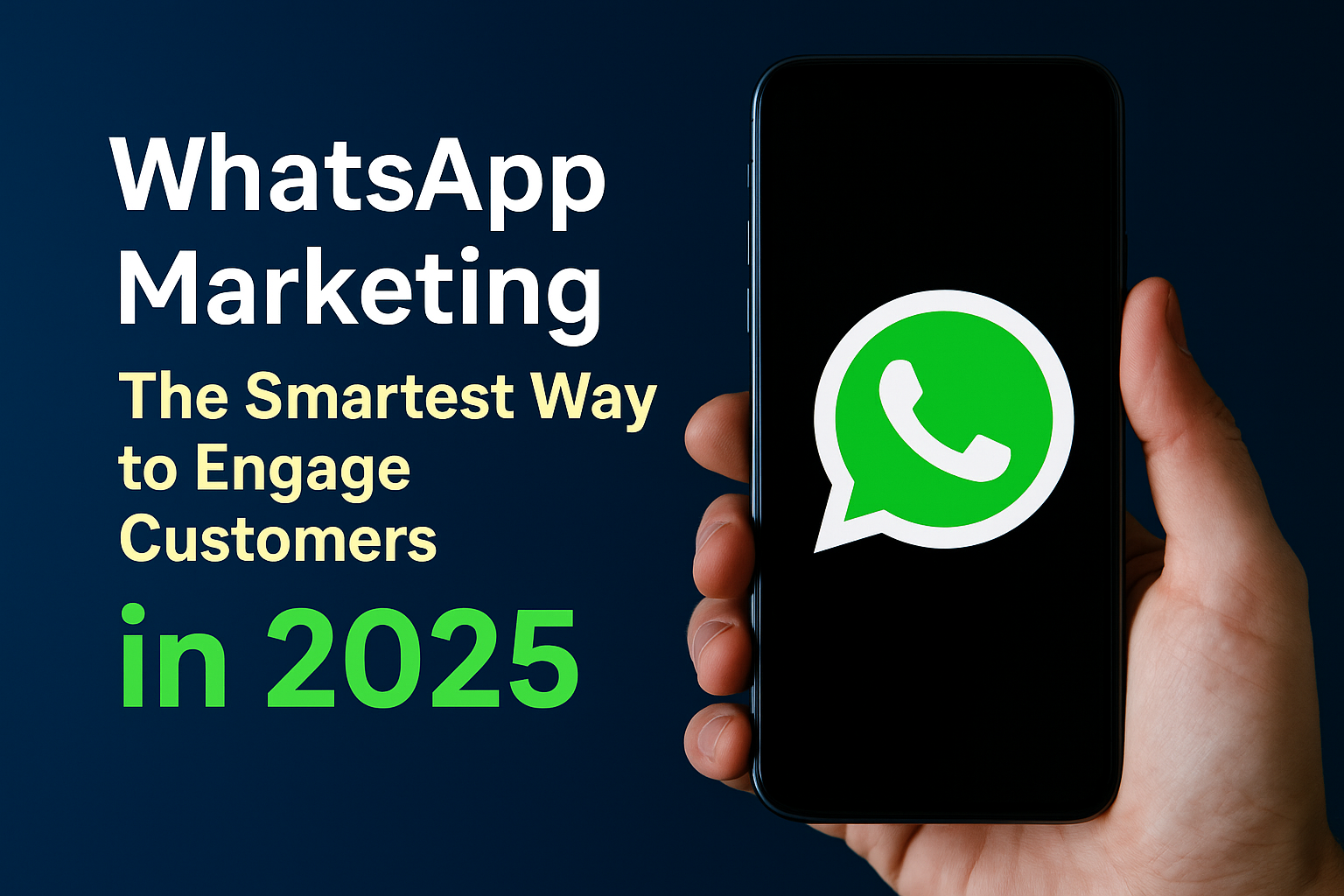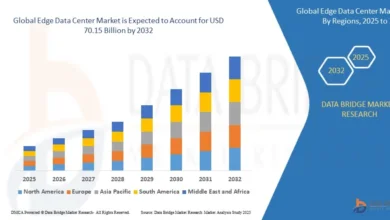Behind the Curtain of Behavioral Targeting: How Ads Find You Before You Find Them

Most of us have experienced it: you think about buying a new gadget, browse for a few minutes, and suddenly—there it is, popping up in your social feed, in a banner, or even in your mobile push notifications.
No, your phone isn’t reading your mind. What’s happening is far more sophisticated—and far more useful for both consumers and businesses. Welcome to the world of behavioral targeting.
The Core Concept: Behavior as a Roadmap
At its simplest, behavioral targeting is the practice of using online activity as a map to predict what products, services, or content will appeal to you.
The “behavior” in behavioral targeting includes:
-
Websites you visit.
-
Searches you perform.
-
Content you engage with.
-
Products you add to carts but don’t buy.
It’s not about spying—it’s about connecting needs with relevant solutions, based on clear digital signals.
Why It’s Different From Guesswork Marketing
Before behavioral targeting, most advertising was guesswork. Brands would choose a demographic (“men aged 18–35”) and hope their message resonated.
Now, thanks to advanced tracking and analysis, advertisers can focus on intent. Instead of just knowing who you are demographically, they know what you’re actively interested in right now.
For example:
-
A generic sportswear ad might reach thousands of people who aren’t currently shopping for shoes.
-
A behavioral targeting campaign can reach people who viewed running shoes in the past 48 hours.
The second approach feels more like a helpful nudge than an interruption.
Large-Scale Behavioral Targeting: Personalization Without Borders
When done on a small scale, personalization is easy—you remember a repeat customer’s order at your coffee shop. But large-scale behavioral targeting uses technology to deliver that same personal touch to millions of users worldwide.
With platforms like PropellerAds, advertisers can:
-
Access a global pool of users across multiple devices and channels.
-
Use real-time data to adjust campaigns instantly.
-
Reach the right audience segments without wasting ad spend on uninterested users.
It’s personalization at a scale that manual methods could never achieve.
Behavioral Targeting vs Contextual Targeting: Not Enemies, But Allies
Many marketers treat contextual targeting vs behavioral targeting as competing strategies. The truth? They’re complementary.
-
Contextual targeting: Matches ads to the content being consumed now.
-
Behavioral targeting: Matches ads to a user’s previous online actions.
When used together, the results can be powerful. Imagine showing a camping gear ad to someone reading a hiking blog (contextual) who has also previously searched for “lightweight tents” (behavioral). That’s advertising precision.
Real-World Behavioral Targeting Examples
-
Travel Inspiration – A user looks at hotels in Paris. A week later, they get ads for discounted flights to Paris.
-
Fitness Motivation – After watching several workout videos, a user sees ads for resistance bands.
-
E-Commerce Retargeting – Someone adds a gaming keyboard to their cart but doesn’t buy. Later, they see an ad offering 10% off that exact model.
These moments feel almost magical to users—because they solve a need the user already has.
Why PropellerAds Stands Out in Behavioral Targeting
While many platforms offer targeting options, PropellerAds simplifies the process with:
-
Easy setup for campaigns without requiring deep technical expertise.
-
Multiple ad formats including native ads, interstitials, and push notifications.
-
Built-in optimization tools that automatically test, analyze, and refine campaigns.
This combination allows even smaller advertisers to compete on the same playing field as global brands.
Steps to Build a Winning Behavioral Targeting Campaign
1. Define the Goal
Decide if you want more sales, leads, or engagement.
2. Identify the Behaviors to Target
Choose actions that indicate interest—site visits, product views, or search queries.
3. Segment Your Audience
Group users based on their buying stage: early researchers, engaged browsers, ready-to-buy customers.
4. Match Ad Creatives to Intent
A cart abandoner might respond to a discount, while an early researcher may need educational content.
5. Monitor and Optimize
Track metrics like click-through rate (CTR) and conversion rate, and adjust campaigns for better results.
Best Practices for Long-Term Success
-
Combine Contextual and Behavioral Data – The two together create sharper targeting.
-
Refresh Ad Creatives Often – Avoid banner blindness by rotating designs.
-
Control Frequency – Relevance is key, but overexposure can annoy users.
-
Respect Privacy Regulations – Build trust by being transparent with data usage.
-
Test Multiple Formats – Push notifications, native ads, and interstitials each have unique strengths.
The Next Evolution: Predictive Targeting
Behavioral targeting is evolving toward predictive targeting, where AI uses patterns to anticipate needs.
For example:
-
Offering umbrellas before a rainy week based on local weather forecasts and past shopping habits.
-
Promoting workout gear just before gym membership spikes in January.
This proactive approach will make ads feel even more like helpful recommendations than advertisements.
Conclusion: From Guesswork to Precision
Behavioral targeting has transformed advertising from a game of chance into a data-driven process where relevance reigns supreme. It allows businesses to meet customers where they already are in their buying journey—turning ads from noise into value.
And with solutions like PropellerAds, any advertiser can tap into large-scale behavioral targeting without being a tech giant. The future of advertising isn’t just about showing ads—it’s about showing the right ad, to the right person, at the right time.








